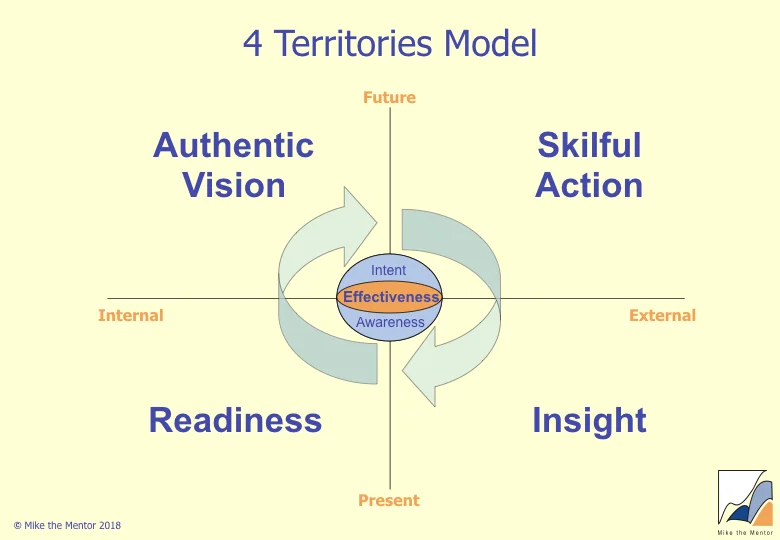Managing our Inner Worlds
/There is one picture that I draw for my clients more than any other – and that’s The Star Diagram.
The Star Diagram
It pictures us as being a conscious I or self with a number of personality functions which the self relates to through the agency of Will. I use this model to help people realise that they are more than their thoughts feelings, bodies and so forth – and that they have a centre from which they can orchestrate and direct these various functions of their personality.
For example my mind often runs off on its own thinking about upcoming meetings, imagining what to say and what might go wrong – and this in turn evokes worry and even indigestion! In situations like this my mind is effectively out of control – it is determining my experience and not serving me well. When I recognise this is happening and, critically, when I recognise that can choose not to listen to my mind, I start to choose my experience and my reality.
Any of these different functions can take control – our fears, our pursuit of physical pleasure, or our need to be loved can all control us. I know one person who is controlled by their intuition. When faced with a choice, his intuition often ‘tells’ him what to do - and though this is frequently something that he doesn’t want to do and thinks is not the right thing to do, he still does it - because he ‘knows’ that to not do it would be disastrous!
Subpersonalities
Another way of exploring and working with our inner world is to recognise that we do not have one consistent personality but many, each one consisting of a different combination of the functions shown in the Star Diagram above.
These many selves - or sub personalities - each have their own beliefs, needs, motivations and style. Common examples are the Critic, Good Child, Perfectionist, Achiever, Spiritual Seeker, Controller, Protector, Victim, Helper, Joker and Sage. The film Inside Out and the Mr Men and Little Miss books provide more examples.
If we are fortunate or have done work on ourselves, these parts or sub personalities will live together harmoniously most of the time. But, just as a group of people living in close proximity will have disagreements and conflicts because of their differing beliefs, desires and values, so too will our subpersonaliities. There are likely to be some subpersonalities which are more powerful and get more airtime, and others that rarely get a look in. There may be subpersonalities that you feel so strongly identified with that you mistake them for your true self. Then it can be helpful to learn how to disidentify from these parts and negotiate with them so that we can orchestrate them and have them serve us, rather than being controlled by them.
The challenge is to be master or mistress of our personality, not a slave to it. We need to develop the skill to choose and act from that central place – to be able to exert our Will – rather than have our choices and actions determined by functions such as our thoughts and feelings or by over-powerful subpersonalities. And the first step is to recognise our own centre distinct from the contents of our consciousness. So that when I say, “I choose this” it really is me who is choosing and not some rogue part of my personality! (More in any standard Psychosynthesis book). Two excellent books on liberating ourselves from our feelings and thoughts are Susan Jeffers' Feel the Fear and Do It Anyway and Eckhart Tolle's The Power of Now.


